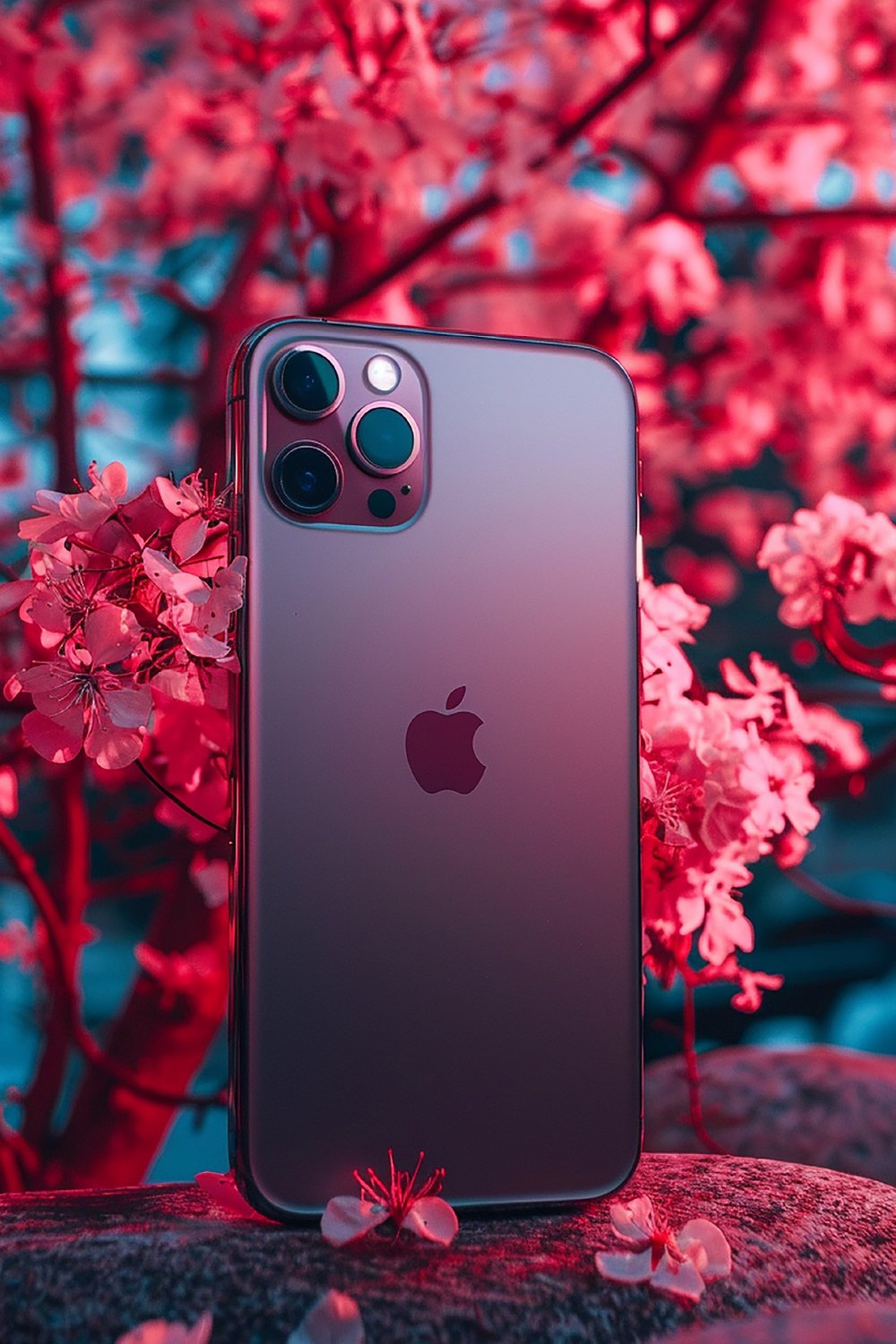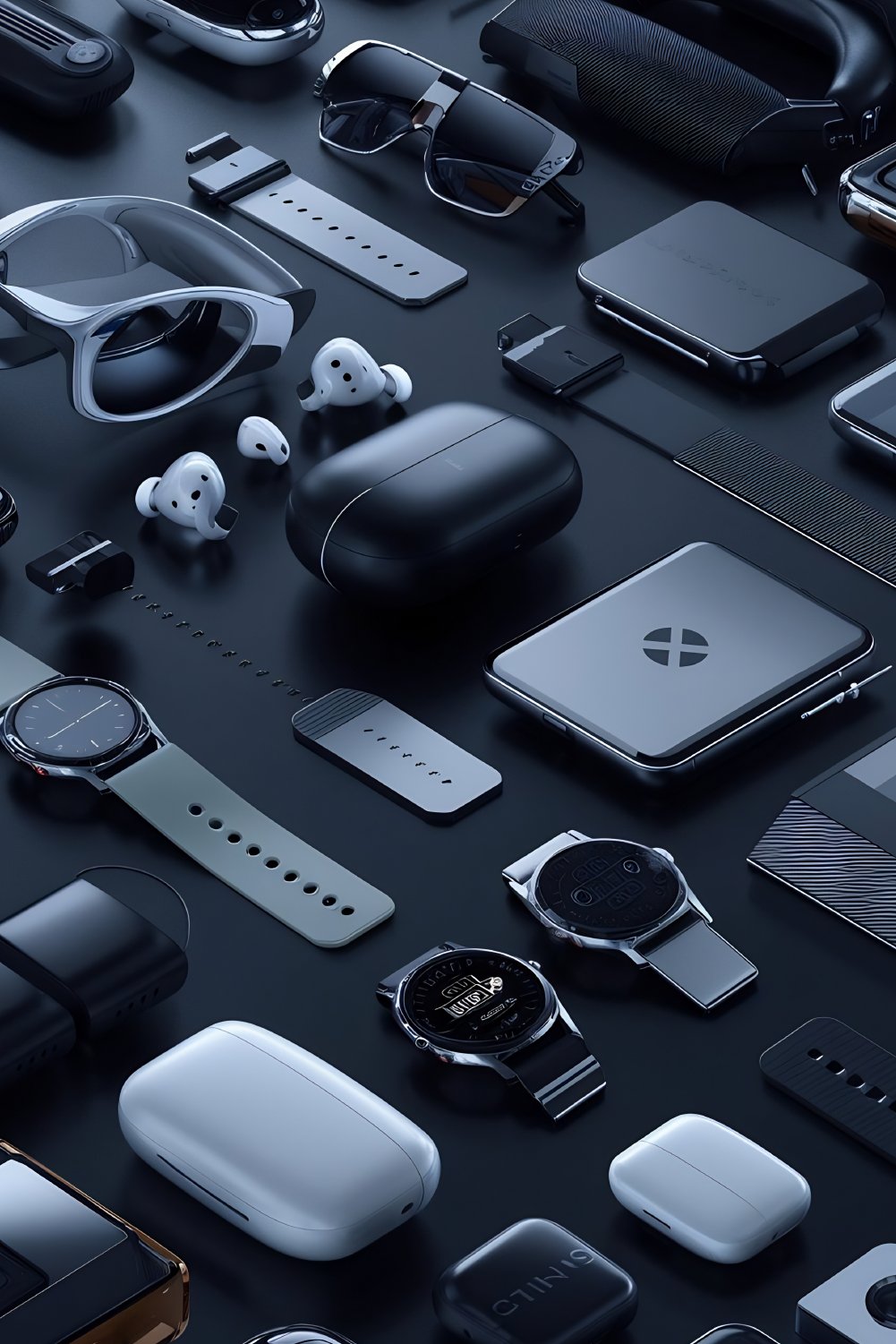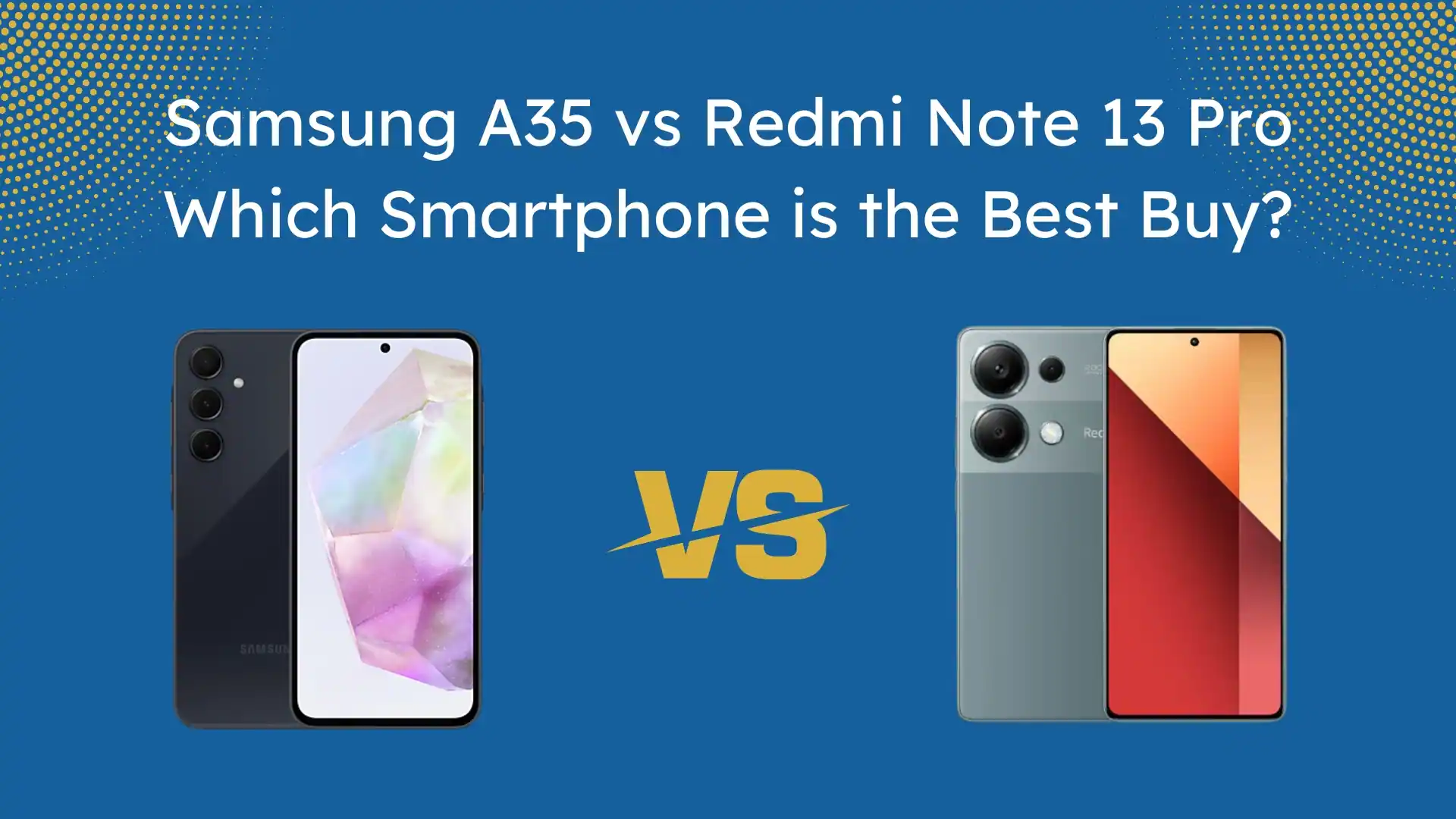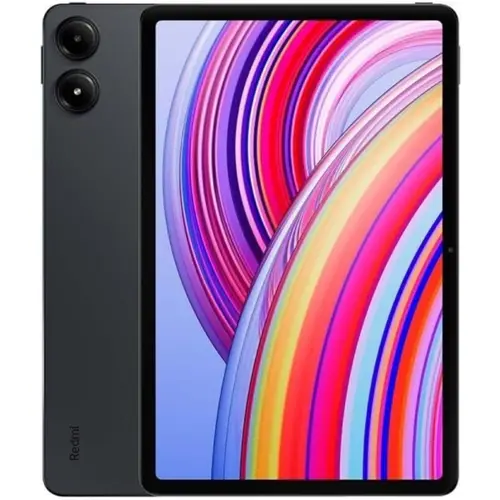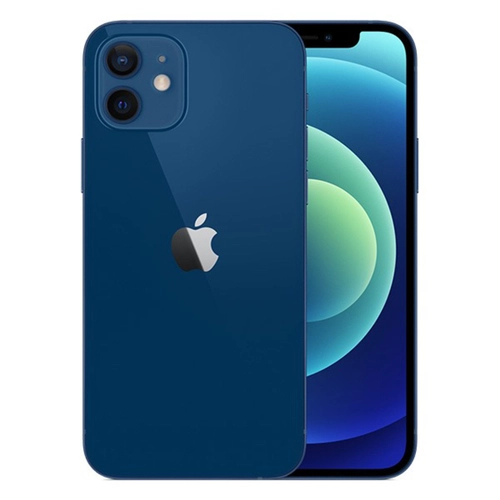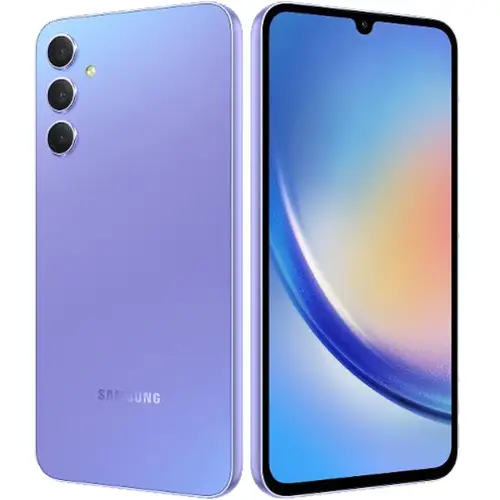The mobile phone market is flooded with options, making it increasingly difficult for consumers to choose the right device. With new models launching frequently, it becomes essential to compare key features and specifications to make an informed decision. This article is a comparison between two popular mid-range smartphones, the Samsung A35 vs Redmi Note 13 Pro to help you determine which one is the best fit for your needs.
Importance of Choosing the Right Phone
Selecting the right smartphone is crucial as it impacts daily activities ranging from communication to entertainment and productivity. A number of considerations, including price, battery life, camera quality, and performance, frequently affect the choice.
Brief Overview between Samsung A35 vs Redmi Note 13 Pro
The A35 and Note 13 Pro are two popular mid-range smartphones, each offering unique features that cater to different user needs. In this comparison, we will explore these devices’ specifications, performance, and value propositions to determine which is better suited for your needs.
| Feature | Samsung A35 | Redmi Note 13 Pro |
| Design and Build Quality | Glossy finish, Gorilla Glass, three colors | Matte finish, three colors |
| Display | 6.6-inch Super AMOLED, Full HD+ | 6.67-inch AMOLED, Full HD+ |
| Screen-to-Body Ratio | 82% | 85% |
| Processor | Exynos 1380 (5nm) | Mediatek Helio G99 Ultra |
| RAM and Storage | Up to 8GB RAM, 256GB UFS 2.2 | 512GB Built-in, 12GB RAM, UFS 2.2 |
| GPU | Mali-G68 MP5 | Mali-G57 MC2 |
| Operating System | Android 14 OS | Android 13 OS |
| Main Camera | 50MP triple camera | 200MP triple camera |
| Front Camera | 13MP | 16MP |
| Battery | 5000mAh, 25W fast charging | 5100mAh, 67W fast charging |
| 5G Support | Yes | Yes |
| Audio | Single speaker, 3.5mm audio jack | Stereo speakers, 3.5mm audio jack |
| Fingerprint Scanner | In-display | Side-mounted |
| Additional Features | NFC | NFC, IR Blaster |
| Price | Slightly higher | More affordable |
| Value for Money | Good | Excellent |
| Best For | Display quality, software experience | Performance, camera capabilities |
Design and Build Quality
Aesthetics and Materials Used
The A35 sports a sleek design with a glossy finish, while the Note 13 Pro features a more understated matte finish. Both phones are built with a combination of glass and plastic, offering durability without compromising on aesthetics.
Durability and Ergonomics
In terms of durability, both devices are designed to withstand daily wear and tear, with the A35 featuring Gorilla Glass protection. Ergonomically, the Redmi Note 13 Pro is slightly heavier, but its curved edges make it comfortable to hold.
Color Variants and Options
The Samsung A35 is available in vibrant color options such as Blue, White, and Black, while the Redmi Note 13 Pro offers more subdued colors like Gray, Silver, and Blue.
Display Comparison
Screen Size and Resolution
The Samsung A35 features a 6.6-inch display with Full HD+ resolution (1080 x 2340 pixels), providing sharp and vibrant visuals. On the other hand, the Redmi Note 13 Pro boasts a slightly larger 6.67-inch display, also with Full HD+ resolution, offering an immersive viewing experience.
Display Technology (AMOLED vs. LCD)
The Samsung A35 is equipped with a Super AMOLED display, known for its deep blacks and high contrast ratios. The Redmi Note 13 Pro, however, uses an IPS LCD, which, while delivering good color accuracy, lacks the vibrancy and contrast of AMOLED.
Brightness and Color Accuracy
Both devices perform well in terms of brightness, with the Samsung A35 edging out slightly due to its AMOLED technology, which also provides better color accuracy.
Screen-to-Body Ratio
The Redmi Note 13 Pro has a higher screen-to-body ratio at 85%, compared to the Samsung A35’s 82%, making it more appealing for media consumption.
Performance and Hardware
Processor Specifications
The octa-core Exynos 1380 (5nm) processor, intended for mid-range performance, powers the Samsung A35. In contrast, the Redmi Note 13 Pro comes with the Mediatek Helio G99 Ultra processor, offering slightly better performance and efficiency.
RAM and Storage Options
Both phones offer multiple configurations with up to 8GB of RAM and 256GB of internal storage. However, the Redmi Note 13 Pro has an edge with faster UFS 3.1 storage compared to the Samsung A35’s UFS 2.2.
GPU Performance
The Redmi Note 13 Pro’s Mali-G57 MC2 GPU outperforms the Mali-G68 MP5 GPU found in the Samsung A35, making it a better choice for gaming and graphic-intensive tasks.
Benchmark Scores
In benchmark tests, the Redmi Note 13 Pro generally scores higher, particularly in multi-core performance and GPU benchmarks, reaffirming its superior processing power.
Software and User Interface
Operating System Version
The Samsung A35 runs on Android 14 with Samsung’s One UI 6.1, offering a clean and user-friendly interface. The Redmi Note 13 Pro, on the other hand, runs on Android 13 with MIUI 14, which is feature-rich but slightly cluttered in comparison.
Custom UI Features (One UI vs. MIUI)
Samsung’s One UI is known for its simplicity and ease of use, while MIUI provides a more customizable experience with additional features like floating windows and enhanced privacy controls.
Software Updates and Support
Samsung is known for providing timely software updates and security patches, often outpacing Xiaomi in this regard. However, both companies commit to providing at least two major Android updates for these models.
Camera Capabilities
Main Camera Specifications
In contrast to the Redmi Note 13 Pro, which has a triple camera setup that uses a 200MP main sensor for higher definition photos, the Samsung A35 has a triple camera setup and a 50MP primary sensor.
Front Camera Comparison
For selfies, the Samsung A35 offers a 13MP front camera, whereas the Redmi Note 13 Pro comes with a 16MP sensor. Despite the higher megapixels on the A35, both perform similarly in good lighting conditions.
Camera Features (Night Mode, AI Enhancements)
Both phones offer AI-enhanced photography and night mode, but the Redmi Note 13 Pro’s larger sensor allows it to capture more detail in low-light conditions.
Video Recording Capabilities
Both devices can record 4K video at 30fps, but the Redmi Note 13 Pro offers additional features like 8K recording and enhanced stabilization, making it a better option for videographers.
Battery Life and Charging
Battery Capacity
The Samsung A35 is equipped with a 5000mAh battery, while the Redmi Note 13 Pro has a slightly larger 5000mAh battery, both offering all-day battery life.
Charging Speed and Technology
The Redmi Note 13 Pro supports 67W fast charging, significantly faster than the Samsung A35’s 25W charging, allowing for quicker top-ups.
Real-world Battery Performance
In real-world usage, both phones perform similarly, with the Redmi Note 13 Pro lasting slightly longer due to its larger battery and more efficient processor.
Power-saving Features
Both devices offer power-saving modes to extend battery life, with the Samsung A35 providing a more aggressive mode that can disable non-essential functions to preserve battery life.
Buy the Samsung A35, available at Buy Electro, for a seamless shopping experience.
Connectivity and Network Support
5G Support and Network Bands
Both the Samsung A35 and Redmi Note 13 Pro support 5G connectivity, ensuring they are future-proofed for faster mobile internet speeds.
Wi-Fi, Bluetooth, and Other Connectivity Options
Both phones offer Wi-Fi 6, Bluetooth 5.3, and NFC for contactless payments, ensuring comprehensive connectivity options.
Dual SIM Capabilities
Dual SIM support is available on both devices, making them suitable for users who need to manage multiple numbers or travel frequently.
Audio and Multimedia
Speaker Quality and Placement
The Redmi Note 13 Pro features stereo speakers, providing a richer audio experience compared to the single speaker on the Samsung A35.
Audio Jack Availability and Quality
Both phones retain the 3.5mm audio jack, catering to users who prefer wired headphones. The audio quality is comparable, with a slight edge to the Redmi Note 13 Pro.
Multimedia Playback Capabilities
Both devices support HDR10+ playback, but the Samsung A35’s AMOLED display enhances the viewing experience with deeper blacks and more vibrant colors.
Security and Additional Features
Fingerprint Scanner Placement and Performance
The Samsung A35 features an in-display fingerprint scanner, while the Redmi Note 13 Pro has a side-mounted one. Both are fast and accurate, with the side-mounted scanner being slightly more responsive.
Face Unlock and Biometric Security
Face unlock is available on both devices, with comparable performance in terms of speed and accuracy. Both also support additional biometric security options like password and PIN.
Additional Features (NFC, IR Blaster)
Both phones include NFC for mobile payments, but the Redmi Note 13 Pro also includes an IR blaster, allowing it to be used as a remote control for various appliances.
Price and Value for Money
Launch Prices Comparison
The Samsung A35 is priced slightly higher at launch compared to the Redmi Note 13 Pro, which positions itself as a value-for-money option.
Price-to-Performance Ratio
The Redmi Note 13 Pro offers a better price-to-performance ratio, especially considering its superior processor and camera capabilities.
Long-term Value and Resale Potential
Samsung devices typically hold their value better in the resale market, but the Redmi Note 13 Pro’s competitive pricing makes it a strong contender in terms of long-term value.
Expert Opinions
Industry Expert Reviews
Experts generally praise the Samsung A35 for its display and software experience, while the Redmi Note 13 Pro is lauded for its performance and camera capabilities.
User Reviews and Feedback
User feedback indicates satisfaction with both devices, with Samsung users appreciating the brand’s reliability and Xiaomi users favoring the Redmi Note 13 Pro’s value proposition.
Future Outlook
Software Updates and Future-proofing
Both devices are expected to receive at least two major Android updates, ensuring they remain relevant for a few years. However, Samsung’s track record with updates gives it a slight edge in future-proofing.
Potential Market Shifts
The mid-range smartphone market is constantly evolving, with new competitors emerging. Both Samsung and Xiaomi are expected to continue innovating, potentially releasing updated versions of these models in the near future.
Conclusion
The A35 and Note 13 Pro each have their strengths, with the A35 excelling in display quality and user experience, while the Redmi Note 13 Pro offers superior performance and camera capabilities. For users prioritizing display and software experience, the Samsung A35 is an excellent choice. However, if performance and camera quality are more important, the 13 Pro offers better value for money.
Ready to upgrade your smartphone? Discover the perfect device for your needs at Buyelectro! Whether you’re drawn to the stunning display of the Samsung A35 or the powerful performance of the Redmi Note 13 Pro, we’ve got you covered. Shop now and enjoy exclusive deals, fast shipping, and top-notch customer support. Don’t miss out on the latest tech. visit Buyelectro today!
FAQ’s
Which phone is better for gaming?
The Note 13 Pro, with its Snapdragon processor and superior GPU, is better suited for gaming.
How do the cameras compare in low light?
The Note 13 Pro performs better in low-light conditions due to its larger sensor and AI enhancements.
Is 5G supported on both devices?
Yes, both the A35 and Note 13 Pro support 5G connectivity.
Which phone offers better battery life?
The Note 13 Pro offers slightly better battery life thanks to its larger battery and more efficient processor.

